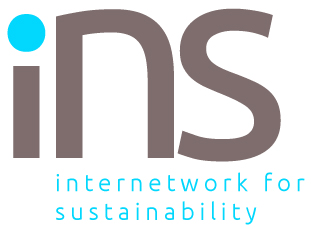Perovskite, not silicon, is the future for harvesting solar energy. Several universities are currently working on breakthroughs and making great strides in improving the efficiency with which solar energy is generated. That leads to fewer and smaller panels and access to surfaces of cars or common roofing materials.
Scientists at Oxford University developed a coating that is thin and flexible enough to apply to the surface of almost any building or object. They use a technique that stacks multiple light-absorbing layers into one solar cell. This allows more energy to be generated from the same amount of sunlight.
In just five years of experimentation, the efficiency of the new material has increased from about 6% to more than 27%, close to the limits of what existing single-layer photovoltaic systems achieve. This approach is expected to be even more efficient, up to more than 45%.
In addition to efficiency, the versatility of the new ultra-thin and flexible material is also important. Just over one micron thick, it is nearly 150 times thinner than a silicon wafer. Unlike existing photovoltaic materials, which usually are applied to silicon panels, this material can be added to almost any surface. Think about the roofs of cars and buildings and even the back of cell phones. As a result, fewer silicon panels or even solar parks will be needed in the longer term.
Combined with silicon
The University of Agriculture Faisalabad in Pakistan is also working on improving the efficiency of perovskite solar cells. They are doing so by adding a buffer layer of cadmium telluride (CdTe), which increases the conduction of charge carriers while reducing device defects. The CdTe-based cell achieved 23% efficiency.
The new cell design was introduced in the study “Interface engineering for improved performance of perovskite solar cells using CdTe buffer layer“, which has been published in Results in Engineering.
How does perovskite work?
Perovskite crystals can be placed on top of silicon, creating panels that absorb different parts of the solar spectrum. Perovskites can be made from inexpensive materials. However perovskites have low stability, so they wear out faster than silicon. That means the yield declines rapidly as the layer ages. Perovskites are being investigated in part because of their superconductivity properties.
One way to improve the stability of perovskites uses a molecule called tetrahydrotriazinium. This molecule has a regular arrangement of nitrogen atoms, allowing it to form stronger interactions in the crystal structure. However, tetrahydrotriazinium reacts with other chemicals.
Perovskite is any material with the same crystal structure as calcium titanium oxide, a combination of cubes and octahedrons, like diamond has. (Wikipedia)
To solve this problem, the researchers put the raw materials that can form tetrahydrotriazinium into the perovskite solution. This allowed the molecule to be formed inside the solution, and incorporated directly into a perovskite crystal. Thus, it could not react with other substances. It resulted in perovskites with an efficiency of nearly 34 percent.
By comparison, traditional silicon panels have an efficiency of about 20 percent. Thus, combining silicon with perovskites offers the possibility of significantly increasing the efficiency of solar panels and creating a new generation of highly efficient panels.
Another aspect of the research focused on controlling the crystallization of the perovskite layer. Crystals with defects were often created In the solution. To address this problem, the researchers used an anti-solvent to reduce the solubility of chemicals in the solution. This allowed them to control the formation of strong perovskite crystals with fewer defects.
The studies show that the combination of perovskite and silicon has great potential to improve the efficiency and performance of solar cells. However, the stability and crystal structure still need much research to yield a commercially viable product.











